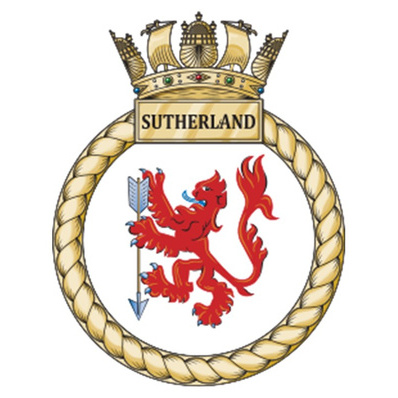RFA (Royal Fleet Auxiliary) Cardigan Bay (L3009) is an amphibious ship designed to carry and offload troops and their equipment – up to 400 people, plus 150 trucks or 24 tanks at once. She is a Bay-class Landing Ship Dock; an agile and useful vessel, poised and ready to support the Royal Navy with the scope to deploy anywhere in the world.
An adaptation of the Dutch Rotterdam class, the Bay-class replaced the ageing Sir-class of RFA ships. However, the Bay-class are larger, more capable, more flexible and have over twice the capacity of their predecessors. In fact, Bay-class amphibious landing ship can offload troops in rougher weather than previous ships, in half the time.
Her primary role is to get troops and equipment where they need to be, fast.
With a floodable dock at the stern, RFA Cardigan Bay can offload troops either using landing craft or from her large flight deck. The ship can also carry ‘mexeflotes’ – 120ft-long powered pontoons (rafts) that can be used to ferry equipment ashore.
Cardigan Bay’s large medical department is also a valuable asset. She can take on an enhanced medical team ready to become a Primary Casualty Receiving Ship, though this role is more typically carried out by RFA Argus.
Cardigan Bay has also acted as ‘mothership’ to minehunters – she’s a real asset to our fleet. Meanwhile, her sister-ship, Mounts Bay, saved thousands of lives supporting Operation Ruman.







